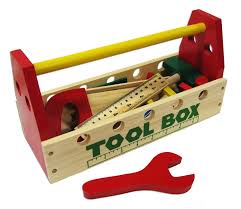Mindfulness is a state of being aware. It is a process of intentionally observing our surroundings in the moment, with engaged awareness and free of judgment. Mindfulness is not a passive state and may require practice to be in the moment. Left to itself the mind wanders through all kinds of thoughts — including thoughts expressing anger, craving, depression, revenge, self-pity, etc. As we indulge in these kinds of thoughts we reinforce those emotions in our hearts and cause ourselves to suffer. By purposefully directing our awareness away from such thoughts and towards some “anchor” we decrease their effect on our lives and we create instead a space of freedom where calmness and contentment can grow.
 As a parent, being mindful allows us to choose a skillful response instead of just reacting. Being mindful can help a child regulate his/her emotions, be more focused, and to make better decisions. Practicing mindfulness with your child is a great way to spend time to together and to teach your child to be aware of their experience and to recognize when their attention has wandered. Why not get your toolbox of ideas ready? Here are some ideas to get you started.
As a parent, being mindful allows us to choose a skillful response instead of just reacting. Being mindful can help a child regulate his/her emotions, be more focused, and to make better decisions. Practicing mindfulness with your child is a great way to spend time to together and to teach your child to be aware of their experience and to recognize when their attention has wandered. Why not get your toolbox of ideas ready? Here are some ideas to get you started.
Tool #1 Focus on your body: Do a body scan. Wiggle your toes. Let your arms and legs be like spaghetti. Feel your breath go in and out. Depending on the age of the child, you might say, “Pretend your belly is a balloon and watch it expand. Then blow out a noisy breath through the lips. How does that feel?” You might use a breathing buddy. Put a stuffed animal on their belly and watch the rise and fall of their buddy.
Tool #2 Focus on an object. What is the color? Can you touch it? Is it cold? If you have a smooth pebble or marble, feel the coolness. Then hold it in your hand a few minutes. Notice the change in temperature. If you are eating, focus on the food. Is it cold or hot? Is it sweet?
Tool # 3 Focus on sounds. Ask your child what sounds he/she can hear? Is the clock ticking? Can you hear the wind? Use a bell or sound on your phone or just tap lightly on the table. Ask the child to listen and let you know when the sound stops.
Tool #4 Focus on love. Ask your child to name all the people who love them. Mommy, Daddy, brother, sister, grandparent, dog or cat. You can also think of things the child loves about others. What do you like about your friends? Ask what you can do to be kind to the ones who love you.


Leave a comment
Comments feed for this article